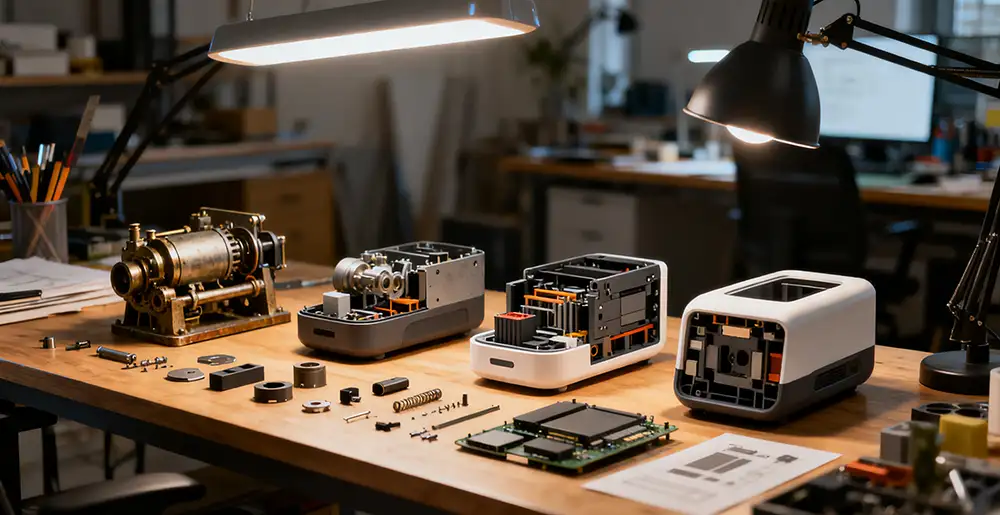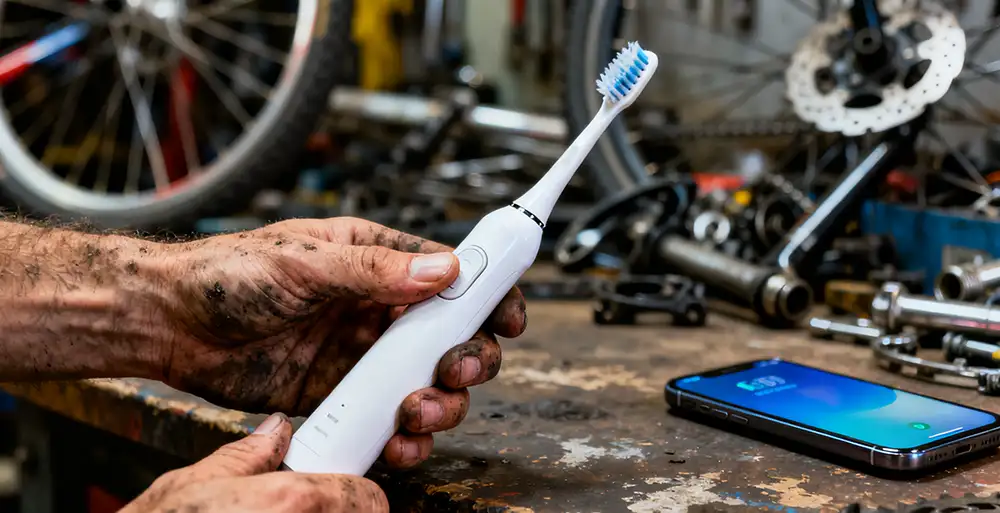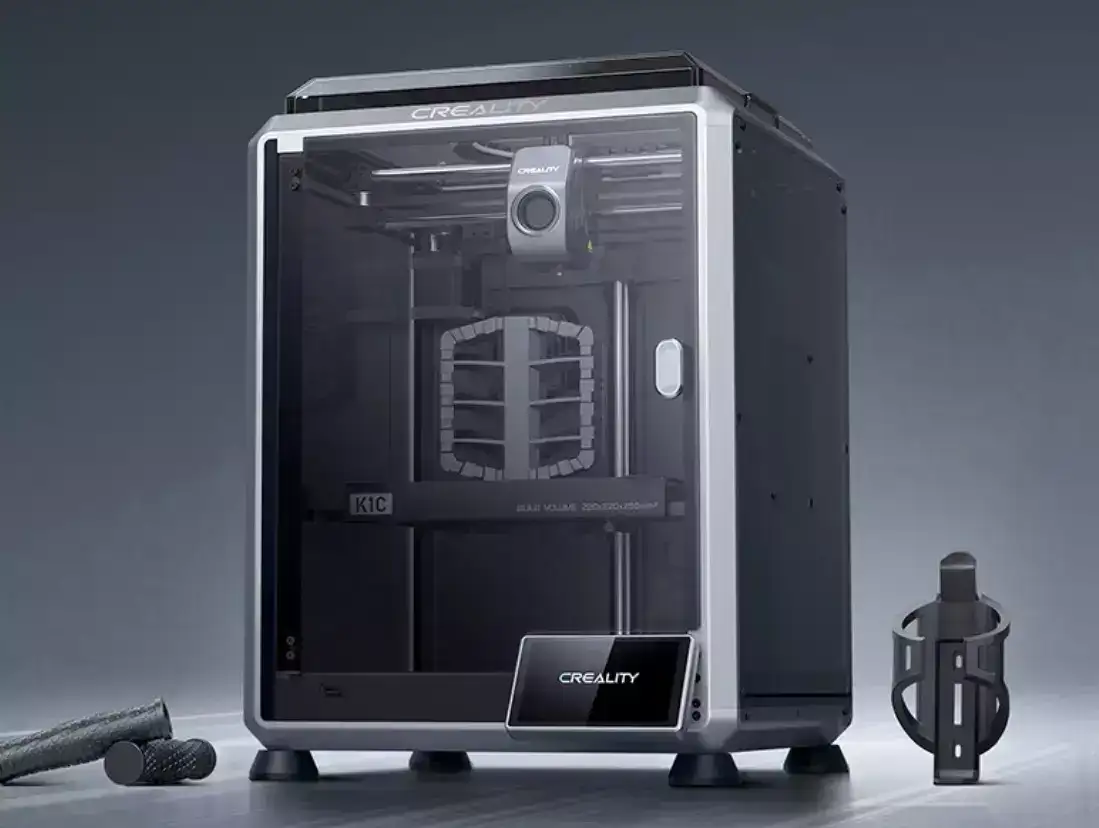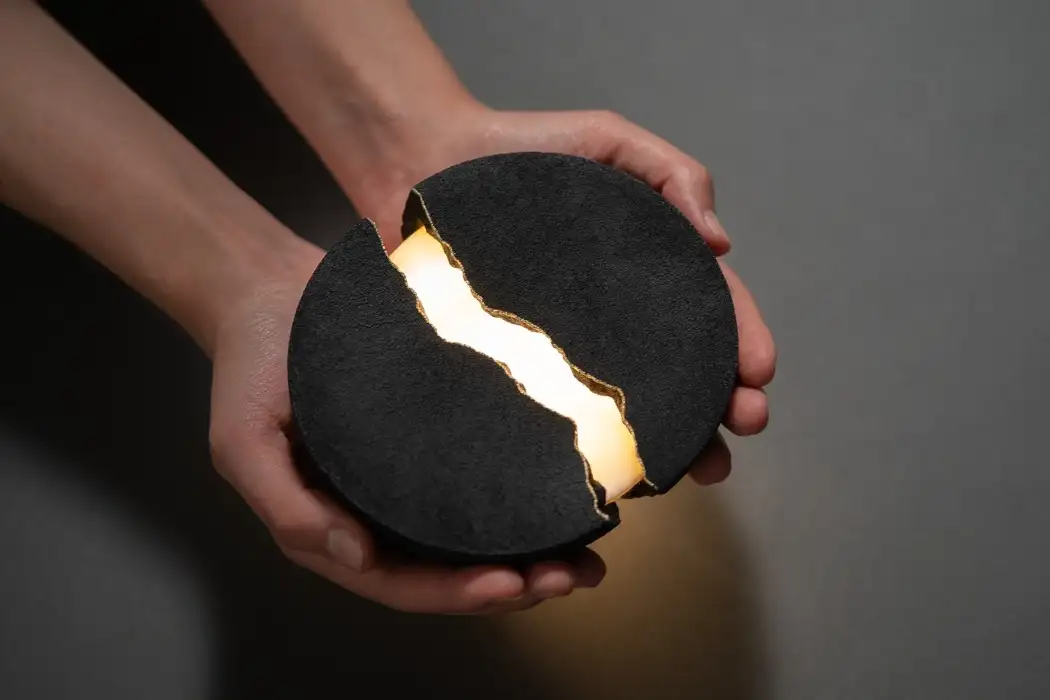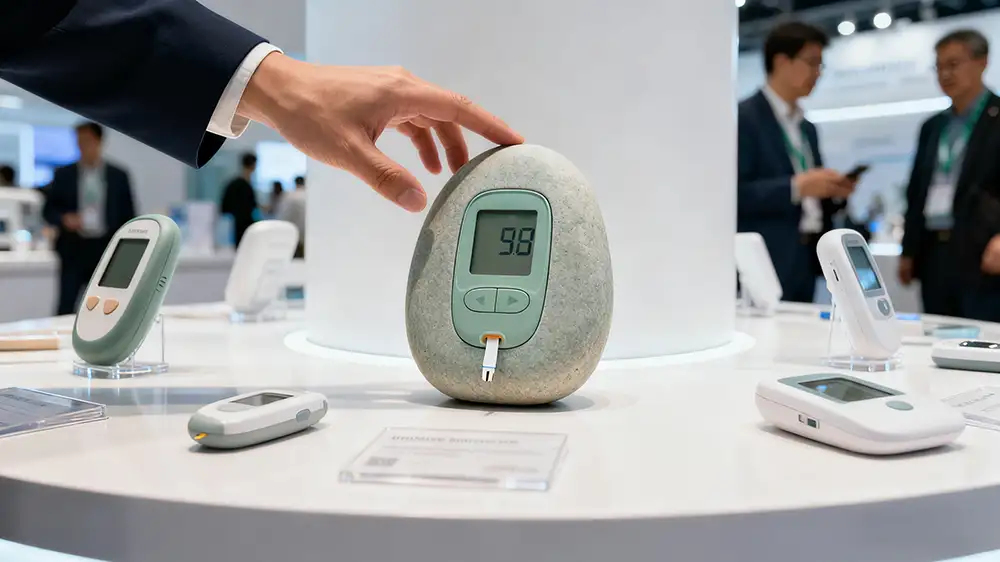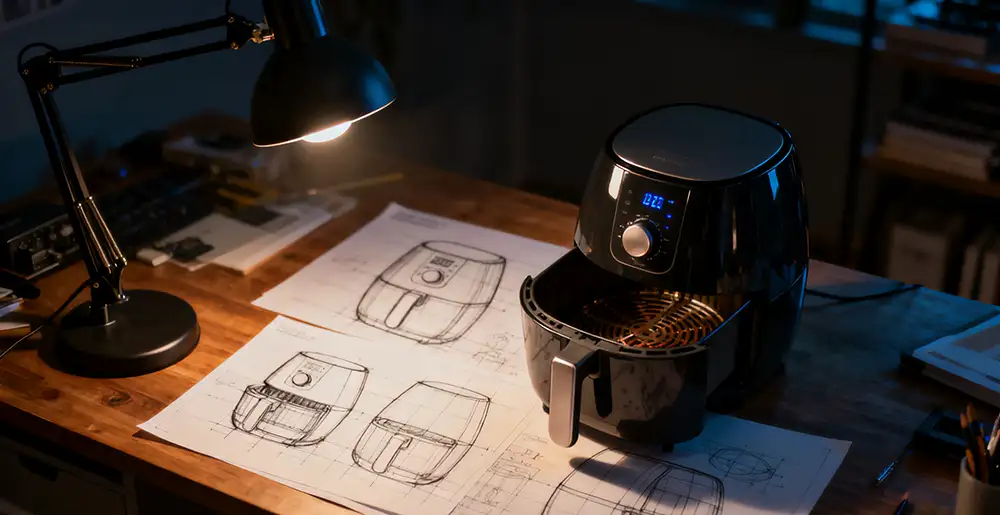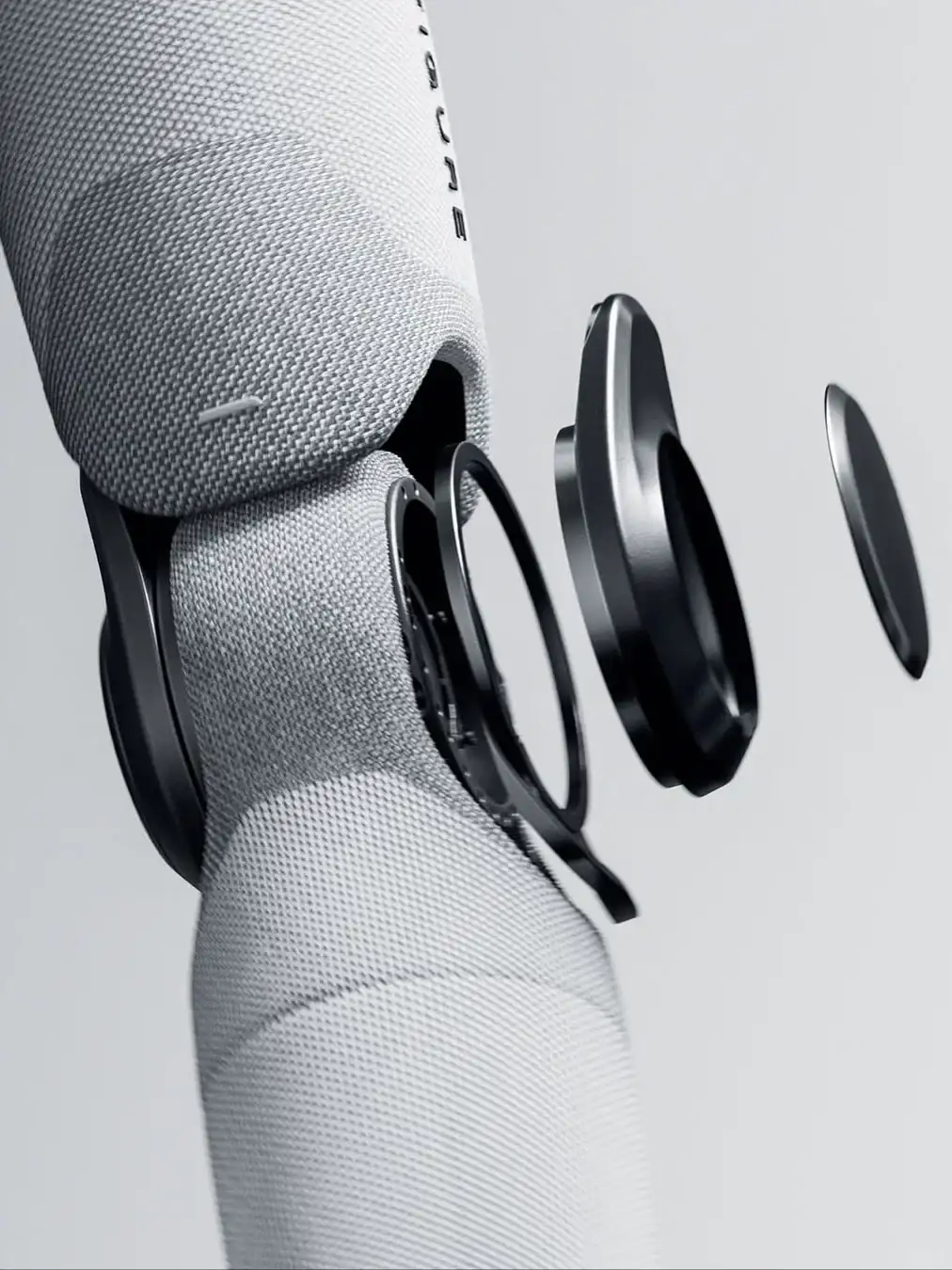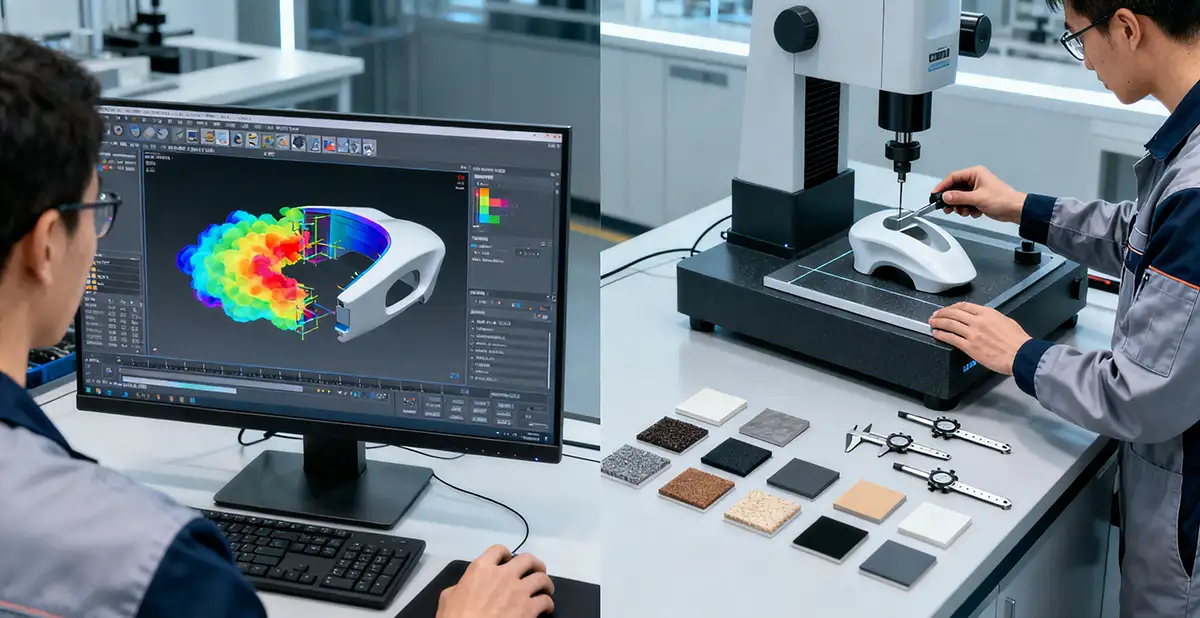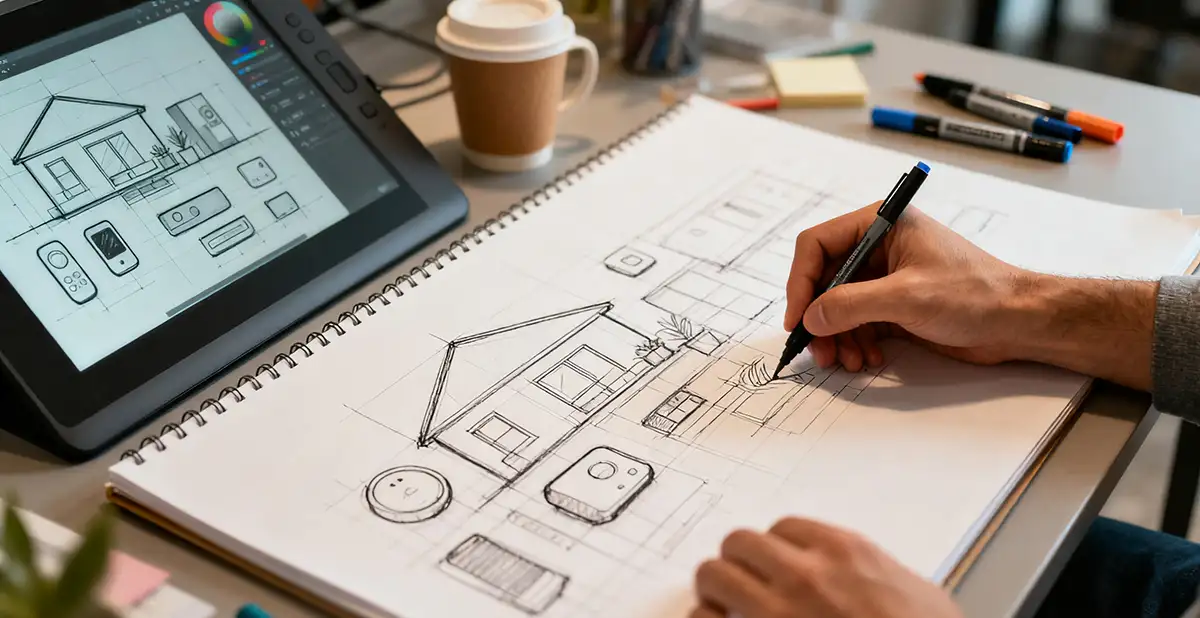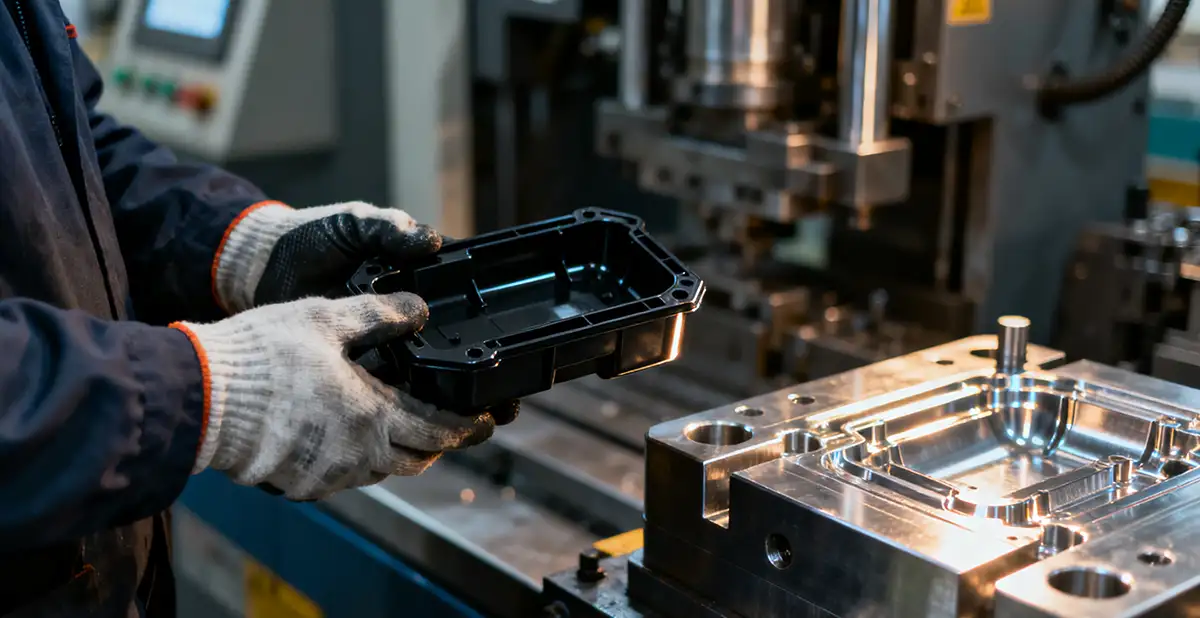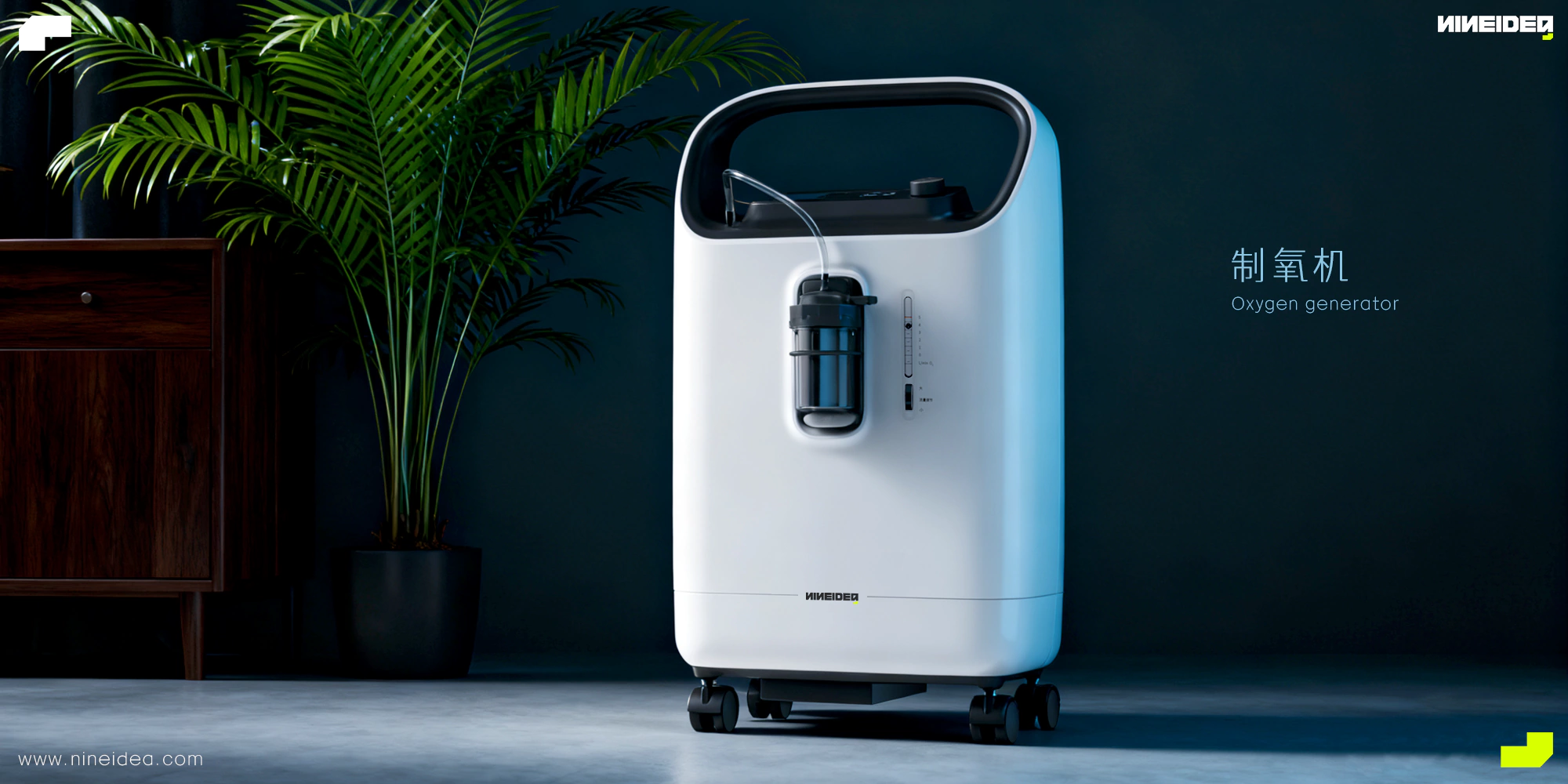NINEIDEA:2025年深圳工业设计新战场将围绕跨界融合、AI 技术赋能、绿色低碳、国际化布局四大核心方向展开,同时依托政策支持和产业协同,推动设计创新与产业升级深度融合。以下是基于最新政策与行业动态的具体分析:
一、跨界融合:重构时尚与科技的产业边界
深圳正通过六大跨界融合方向打破传统设计边界,形成新的产业增长点:
- 时尚 + 运动健康:开发智能骑行装备、运动手表等产品,通过人体健康监测技术赋能传统运动服饰,例如华为与安踏合作的智能跑鞋已实现运动数据实时反馈。
- 时尚 + 科技创新:鼓励消费电子与新能源汽车企业联合开发 “首创性” 产品,如大疆与比亚迪合作的车载无人机系统,将工业设计与智能硬件深度融合。
- 时尚 + 锂电储能:推动智能穿戴设备与锂电技术结合,提升产品续航能力,如韶音推出的骨传导耳机采用轻量化电池设计,续航提升 40%。
- 时尚 + 文化艺术:非遗技艺与现代设计结合,如国瓷永丰源的 “香云纱” 陶瓷系列,将传统工艺与现代美学融合,成为国际市场热销品。
- 时尚 + 数字创意:发展虚拟时尚、数字人等新业态,深圳时装周已引入虚拟模特走秀,吸引 Z 世代消费者。
- 时尚 + 绿色低碳:推广生物基材料,如影儿集团采用蘑菇菌丝体材料制作环保手袋,碳足迹降低 60%。
政策层面,深圳发布《“时尚新品” 跨界融合发展行动计划(2024-2025 年)》,明确以工业设计引领跨界融合,构建 “设计 + 研发 + 服务” 创新体系,并设立专项基金支持示范项目。
二、AI 技术:从辅助工具到创意伙伴
AI 正在重塑工业设计流程,深圳在以下领域取得突破:
- AI 辅助设计:腾讯元宝 AI 平台已应用于水贝黄金珠宝设计,通过提示词优化生成 3D 模型,设计周期缩短 80%,如设计师用 “森系水滴吊坠” 指令生成的作品已实现量产。
- AI 驱动创新:TTF AI 平台开发出全球首个珠宝设计大模型,成功设计出成交价 4.8 万美元的 “翼合天成” 胸针,实现从概念到成品仅需一个月。
- 教育融合:深圳职业技术大学与西门子共建 “AI + 数字工业设计” 产学研中心,学生通过 AI 工具完成智能穿戴设备设计,作品获国际设计奖项。
- 应用场景拓展:AI 技术已渗透至家居、医疗等领域,如创维推出的 AI 语音控制智能电视,通过自然语言交互优化用户体验。
深圳正推动 AI 设计工具普及,计划到 2026 年培育 10 家现象级 AI 终端企业,推出 50 款以上爆款产品,工业设计将成为 AI 技术落地的关键桥梁。
三、绿色低碳:从合规成本到竞争优势
深圳将绿色设计纳入产业升级核心战略,具体措施包括:
- 材料创新:推广生物降解材料,如华星光电采用聚乳酸(PLA)制作手机屏幕边框,可在堆肥条件下完全分解。
- 工艺革新:比亚迪坪山工厂引入 3D 打印技术,减少模具使用,材料浪费降低 30%。
- 全生命周期管理:华为建立产品回收体系,手机零部件回收率达 95%,旧设备经翻新后进入非洲市场。
- 政策激励:龙岗区对绿色制造项目给予最高 250 万元奖励,推动企业实施低碳改造。
深圳市政府明确要求时尚产业在 2025 年前实现全行业碳足迹可追溯,并设立 “绿色设计示范园区”,推动循环经济模式落地。
四、国际化布局:从产品出海到标准输出
深圳通过双循环战略构建全球设计网络:
- 国际合作:与米兰理工大学共建设计创新中心,推动国瓷永丰源等品牌入驻米兰设计周,提升国际话语权。
- 人才集聚:设立 “国际设计大师工作室”,吸引意大利设计师 Andrea Ponti 在深设立工作室,主导比亚迪高端车型设计。
- 标准制定:参与 ISO 26000 社会责任国际标准修订,推动深圳绿色设计标准成为行业标杆。
- 展会经济:CHINAPLAS 2025 国际橡塑展设立 “可持续设计专区”,吸引 43 个国家的 4300 家企业参展,促成 120 项国际合作协议。
深圳计划到 2026 年建成 10 个国际化设计平台,推动本土企业在欧美市场的品牌认知度提升 50%。
五、政策与人才:双轮驱动产业升级
- 资金支持:市级财政对国家级工业设计中心给予最高 300 万元资助,对设计驱动型企业最高奖励 100 万元。龙岗区对获得市级扶持的企业再给予 50% 配套奖励,单个项目最高 750 万元。
- 人才培养:深圳职业技术大学开设 “时尚品设计” 本科专业,与峰汇珠宝等企业共建实训基地,学生作品获 iF 设计奖 4 项。政府还推出 “设计人才专项计划”,对引进的国际大师给予最高 500 万元安家补贴。
- 平台建设:在 20 大先进制造业园区设立 “工业设计功能专区”,建设智能设计公共服务平台,提供 AI 工具、材料数据库等资源共享。
六、未来战场:抢占三大战略高地
- AI 终端产品设计:重点发展 AI 手机、AR 眼镜等产品,华为 Mate 70 Pro 已采用 AI 驱动的动态交互设计,用户满意度提升 30%。
- 未来产业设计:布局脑机接口、深地深海装备等领域,如华大基因与中科院合作的脑机接口头环,通过人体工学设计提升医疗场景适配性。
- 服务设计:推动设计从产品向全流程服务延伸,顺丰速运的 “智能物流系统” 通过服务设计优化配送路径,效率提升 25%。
2025 年深圳工业设计的 “新战场” 已从单一产品设计转向技术 + 产业 + 生态的多维竞争。通过跨界融合突破产业边界、AI 技术重构设计流程、绿色低碳重塑竞争优势、国际化布局拓展市场空间,深圳正以工业设计为引擎,推动 “深圳制造” 向 “深圳创造” 跃迁。这一过程中,政策支持与人才储备将成为关键支撑,而持续的创新生态构建将决定深圳能否在全球设计版图中占据制高点。
@NINEIDEA九号创新 www.nineidea.com
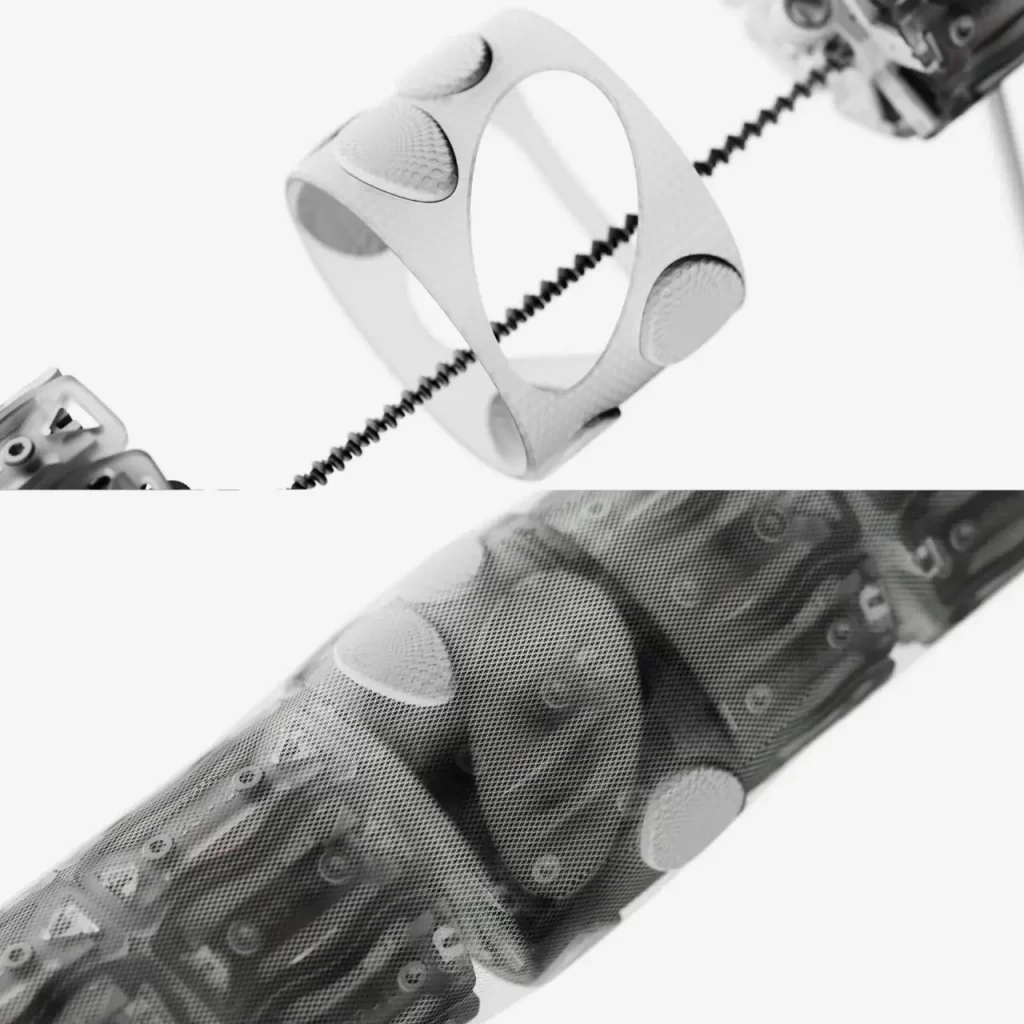
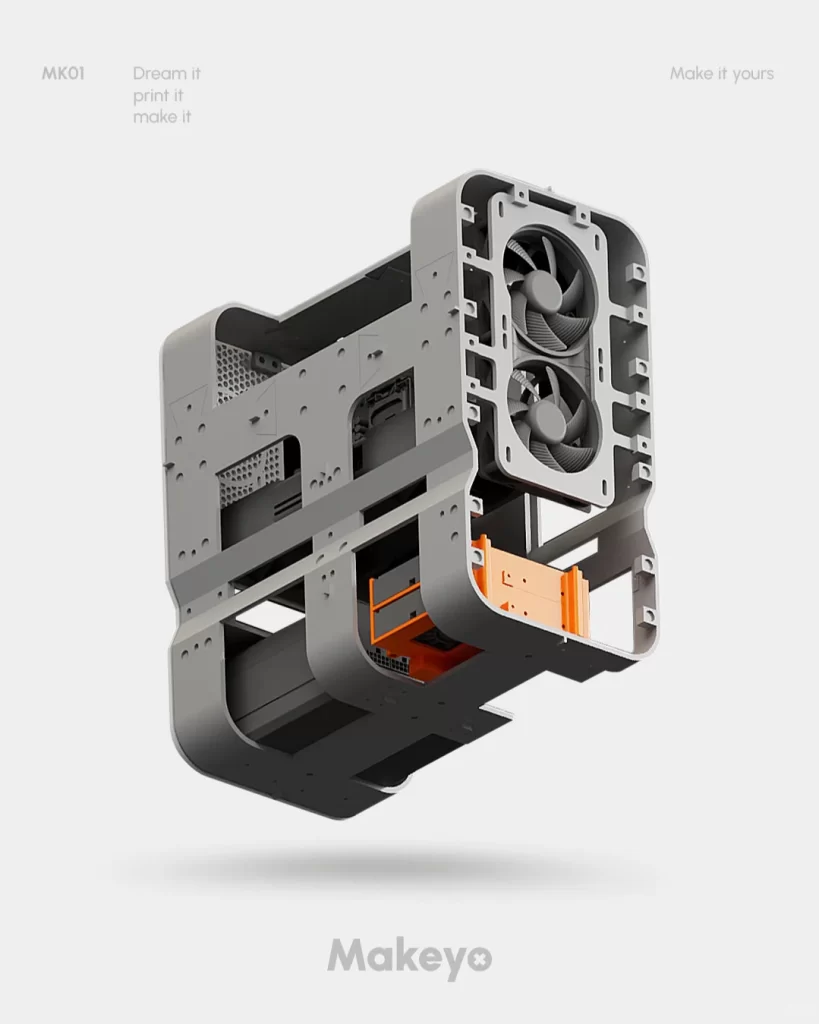
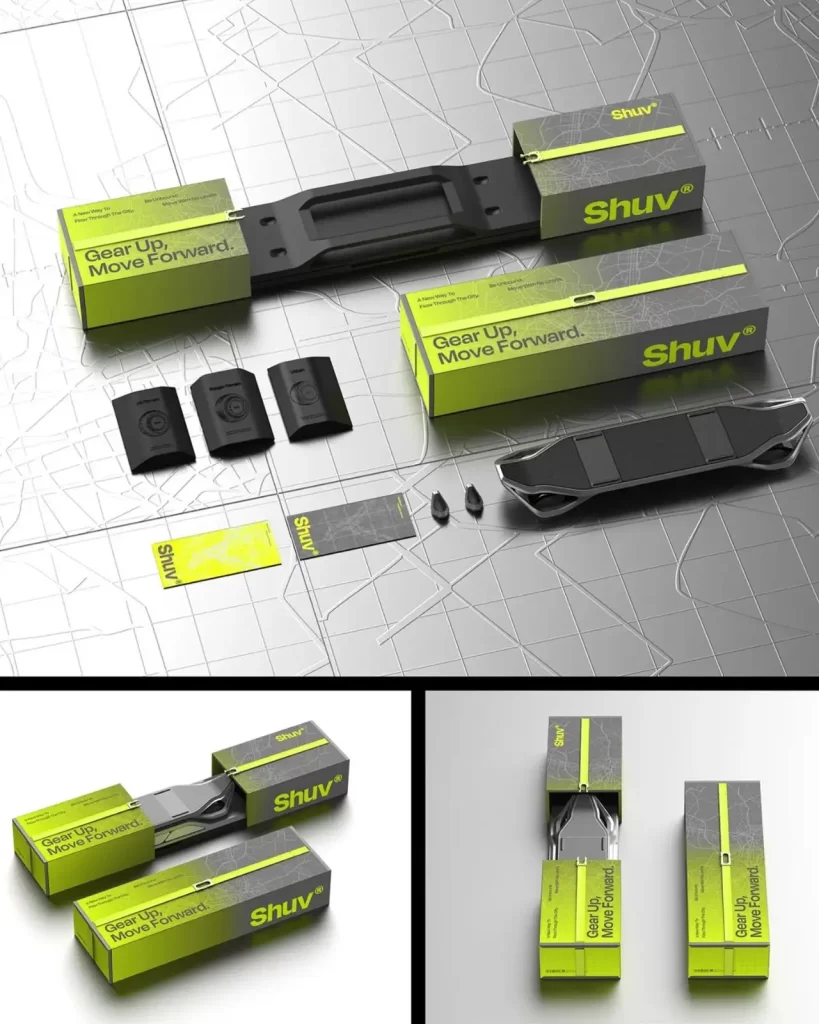
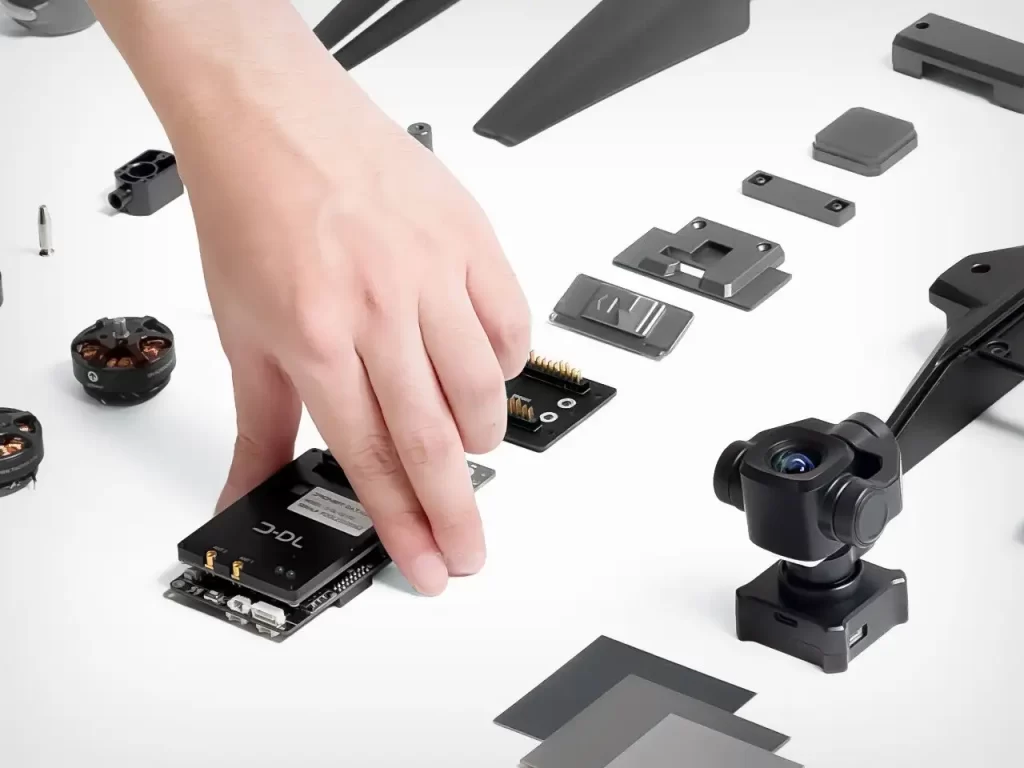
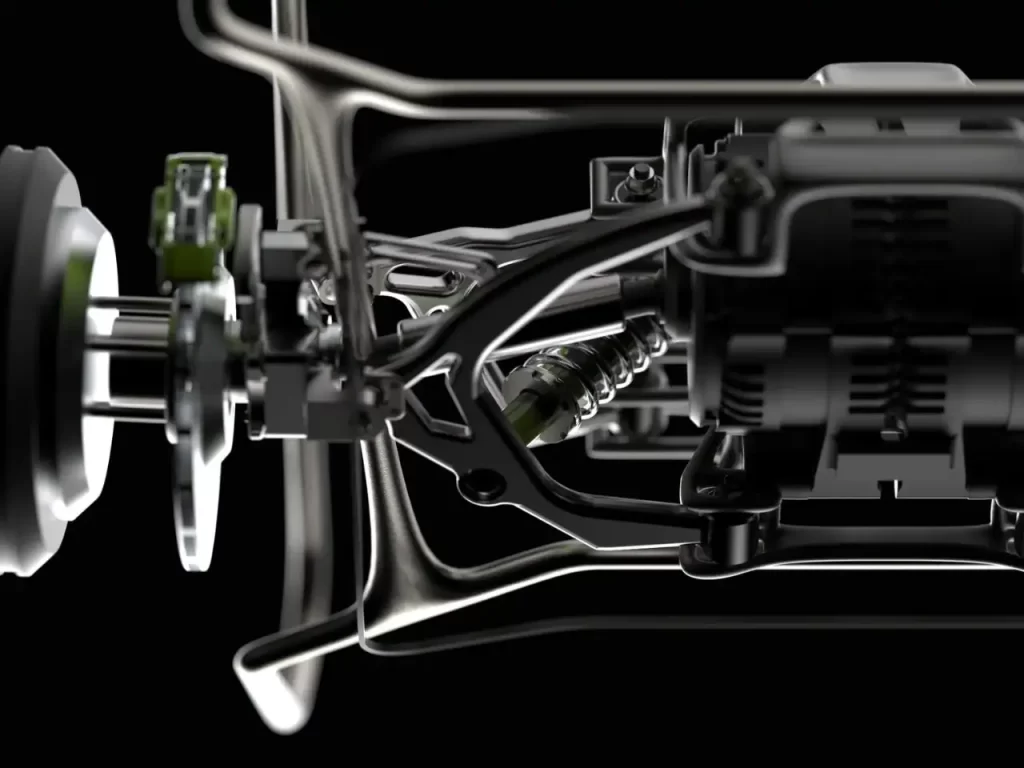
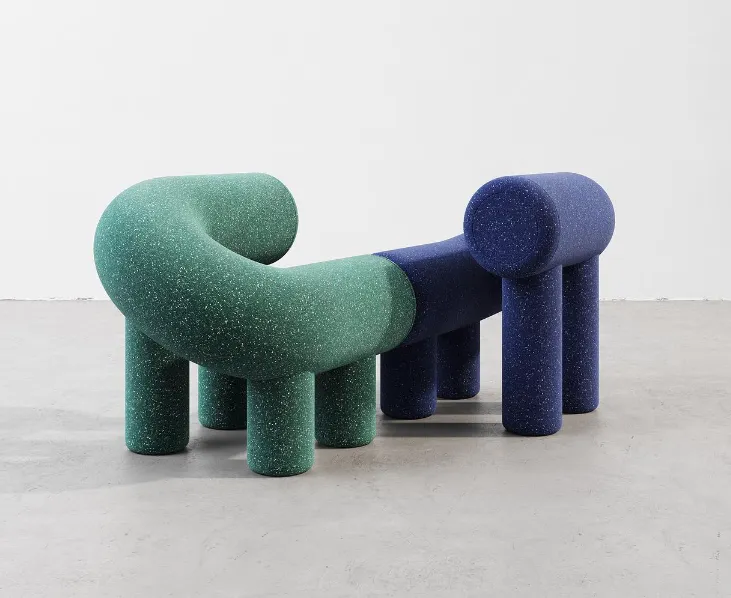
New battlefield for industrial design in Shenzhen in 2025, from product competition to “technology+ecology”
NINEIDEA: The new battlefield of Shenzhen’s industrial design in 2025 will focus on four core directions: cross-border integration, AI technology empowerment, green low-carbon, and international layout. At the same time, relying on policy support and industrial collaboration, it will promote the deep integration of design innovation and industrial upgrading. The following is a specific analysis based on the latest policies and industry trends:
1、 Cross border Integration: Reconstructing the Industrial Boundary of Fashion and Technology
Shenzhen is breaking through traditional design boundaries and forming new industrial growth points through six cross-border integration directions:
Fashion+Sports and Health: Developing intelligent cycling equipment, sports watches and other products, empowering traditional sportswear through human health monitoring technology. For example, Huawei and ANTA’s smart running shoes have achieved real-time feedback of sports data.
Fashion+technological innovation: Encourage consumer electronics and new energy vehicle companies to jointly develop “pioneering” products, such as the in vehicle drone system jointly developed by DJI and BYD, which deeply integrates industrial design with intelligent hardware.
Fashion+Lithium Energy Storage: Promote the combination of smart wearable devices and lithium technology to enhance product endurance. For example, Shaoyin’s bone conduction earphones adopt a lightweight battery design, which increases endurance by 40%.
Fashion+Culture and Art: The combination of intangible cultural heritage techniques and modern design, such as the “Fragrant Cloud Yarn” ceramic series by Guoci Yongfengyuan, integrates traditional craftsmanship with modern aesthetics and has become a hot selling product in the international market.
Fashion+Digital Creativity: Developing new formats such as virtual fashion and digital people, Shenzhen Fashion Week has introduced virtual model runway shows to attract Generation Z consumers.
Fashion+Green Low Carbon: Promote bio based materials, such as Yinger Group using mushroom mycelium material to make eco-friendly handbags, reducing carbon footprint by 60%.
At the policy level, Shenzhen has released the “Action Plan for Cross border Integration Development of ‘Fashion New Products’ (2024-2025)”, which clearly states that industrial design will lead cross-border integration, build an innovative system of’ design+research and development+service ‘, and establish a special fund to support demonstration projects.
2、 AI Technology: From Auxiliary Tools to Creative Partners
AI is reshaping the industrial design process, and Shenzhen has made breakthroughs in the following areas:
AI assisted design: Tencent Yuanbao AI platform has been applied to the design of Shuibei gold jewelry. By optimizing prompt words to generate 3D models, the design cycle has been shortened by 80%. Works generated by designers using the “Forest Water Drop Pendant” command have achieved mass production.
AI driven innovation: TTF AI platform has developed the world’s first large-scale jewelry design model, successfully designing the “Yihe Tiancheng” brooch with a transaction price of 48000 US dollars, achieving the transformation from concept to finished product in just one month.
Education Integration: Shenzhen Vocational and Technical University and Siemens jointly establish the “AI+Digital Industrial Design” Industry University Research Center. Students use AI tools to complete the design of intelligent wearable devices, and their works have won international design awards.
Application scenario expansion: AI technology has penetrated into fields such as home and healthcare, such as Skyworth’s AI voice controlled smart TV, which optimizes user experience through natural language interaction.
Shenzhen is promoting the popularization of AI design tools and plans to cultivate 10 phenomenal AI terminal enterprises by 2026, launching more than 50 popular products. Industrial design will become a key bridge for the landing of AI technology.
3、 Green and Low Carbon: From Compliance Costs to Competitive Advantages
Shenzhen has incorporated green design into its core strategy for industrial upgrading, with specific measures including:
Material innovation: Promote biodegradable materials, such as Huaxingguang Electric using polylactic acid (PLA) to make phone screen frames, which can be completely decomposed under composting conditions.
Process Innovation: BYD Pingshan Factory introduces 3D printing technology to reduce mold usage and material waste by 30%.
Whole life cycle management: Huawei has established a product recycling system, with a mobile phone parts recycling rate of 95%, and refurbished old equipment entering the African market.
Policy incentives: Longgang District will provide a maximum reward of 2.5 million yuan for green manufacturing projects to promote low-carbon transformation of enterprises.
The Shenzhen Municipal Government has explicitly required the fashion industry to achieve full industry carbon footprint traceability by 2025 and establish a “Green Design Demonstration Park” to promote the implementation of circular economy models.
4、 International layout: from product export to standard output
Shenzhen builds a global design network through a dual circulation strategy:
International Cooperation: Jointly establish a design innovation center with Politecnico di Milano, promote brands such as Guoci Yongfengyuan to join Milan Design Week, and enhance their international discourse power.
Talent gathering: Establish an “International Design Master Studio” to attract Italian designer Andrea Ponti to set up a studio in Shenzhen, leading the design of BYD’s high-end car models.
Standard setting: Participate in the revision of the ISO 26000 international standard for social responsibility, and promote the Shenzhen Green Design Standard to become an industry benchmark.
Exhibition Economy: CHINAPLAS 2025 International Rubber and Plastic Exhibition has established a “Sustainable Design Zone”, attracting 4300 companies from 43 countries to participate and facilitating 120 international cooperation agreements.
Shenzhen plans to build 10 international design platforms by 2026, promoting a 50% increase in brand awareness for local enterprises in the European and American markets.
5、 Policy and Talent: Dual Wheel Drive for Industrial Upgrading
Financial support: The municipal finance will provide up to 3 million yuan in funding to national industrial design centers and up to 1 million yuan in rewards to design driven enterprises. Longgang District will provide an additional 50% matching reward to enterprises that have received municipal support, with a maximum of 7.5 million yuan per project.
Talent cultivation: Shenzhen Vocational and Technical University offers an undergraduate major in “Fashion Product Design” and collaborates with enterprises such as Fenghui Jewelry to establish training bases. Students’ works have won 4 iF Design Awards. The government has also launched the “Special Plan for Design Talents”, providing up to 5 million yuan in resettlement subsidies to international masters introduced.
Platform construction: Set up “industrial design functional zones” in 20 advanced manufacturing parks, build an intelligent design public service platform, and provide resource sharing such as AI tools and material databases.
6、 Future Battlefield: Seizing the Three Strategic Heights
AI terminal product design: Focus on developing AI phones, AR glasses and other products. Huawei Mate 70 Pro has adopted AI driven dynamic interaction design, which has increased user satisfaction by 30%.
Future industrial design: Layout in the fields of brain computer interfaces, deep earth and deep-sea equipment, such as the brain computer interface headband jointly developed by BGI and the Chinese Academy of Sciences, which enhances the adaptability of medical scenarios through ergonomic design.
Service Design: To promote the extension of design from products to full process services, SF Express’s “Intelligent Logistics System” optimizes delivery routes through service design, resulting in a 25% increase in efficiency.
The “new battlefield” of industrial design in Shenzhen in 2025 has shifted from single product design to multidimensional competition of technology+industry+ecology. Through cross-border integration to break through industrial boundaries, AI technology to reconstruct design processes, green and low-carbon reshaping of competitive advantages, and international layout to expand market space, Shenzhen is using industrial design as an engine to promote the transition from “Made in Shenzhen” to “Created in Shenzhen”. During this process, policy support and talent reserves will become key pillars, and the sustained construction of an innovative ecosystem will determine whether Shenzhen can occupy a high ground in the global design landscape.
@NINEIDEA九号创新 www.nineidea.com















